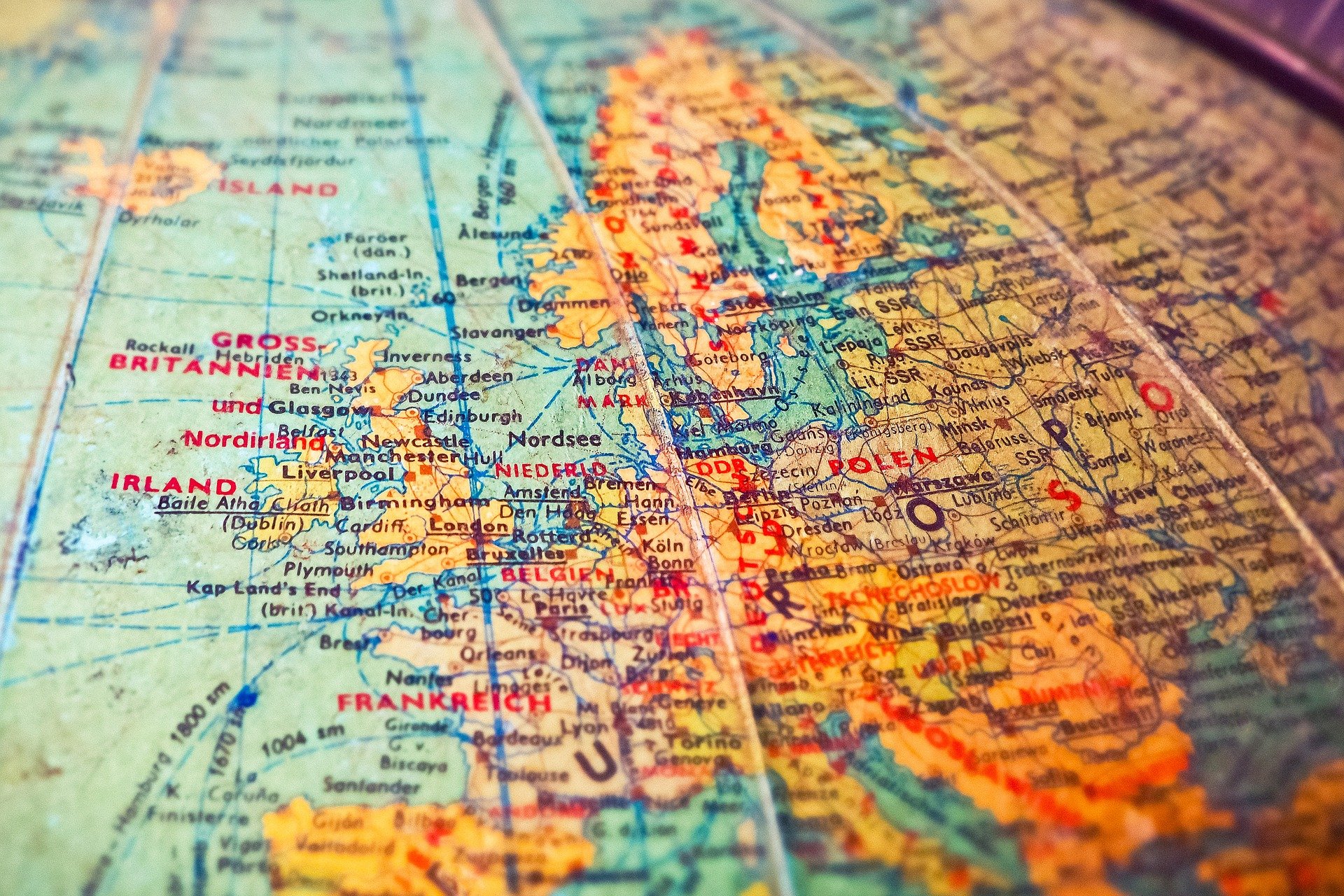Hopes were fading of finding survivors alive in the rubble of a powerful earthquake that struck Morocco, as rescue efforts entered a fourth day on Tuesday with the death toll still creeping up to nearly 2,900 people.
The quake on Friday night with a magnitude of at least 6.8 was centered in the High Atlas Mountains, not far from the major city of Marrakesh. It was the most powerful to strike that area in at least a century, flattening fragile mud brick houses in the poor, rural villages that were the hardest hit.
Morocco’s government has drawn some criticism for what has been seen as a sluggish response and a seeming reluctance to accept a deluge of offers to send in expert international teams and aid. But a government spokesman pushed back against that criticism late on Sunday, saying the authorities “were working to intervene quickly, effectively, and successfully.”
But King Mohammad VI, who calls the shots on all the most important matters of state in Morocco, and other authorities have released little information since the earthquake struck, updating casualty figures infrequently and making few public statements.
Ordinary Moroccans, many of them frustrated at the government’s response, have begun their own makeshift relief efforts to send donated aid. On Tuesday morning, the roads winding through the Atlas Mountains remained largely empty of rescue crews, but civilian vehicles loaded with water, food and blankets sped toward the devastation.
The roads outside of Marrakesh are now dotted with hastily built tent cities that house people displaced by the quake. In Marrakesh itself, many still sleep in parking lots next to their cars or on the grass along the roadside.
“The streets have collapsed,” said Erez Gollan, an Israeli paramedic with the relief group United Hatzalah, who was surveying the damage southeast of Marrakesh. “Buildings of clay and stone have been wiped out, people are living in the streets — these are sights that are difficult to comprehend,” he added. “A few more relief teams have begun arriving, but they haven’t reached the highest villages.”
Mr. Gollan said the window of time to save those trapped under the rubble was rapidly dwindling. Others dwelling in the improvised tent camps were at risk of disease and heat exposure, he warned.
The death toll reached at least 2,862 on Monday with more than 2,500 others injured, according to the Moroccan Interior Ministry. The toll is expected to rise further as residents and relief workers dig through the rubble. The bulk of the deaths were concentrated in the mountainous, rural Al Haouz region just southeast of Marrakesh.
About 300,000 people were affected by the quake, according to the United Nations.
Aid workers on Tuesday carried on digging out victims from under the ruins of towns nearly wiped out by the disaster. Some used rescue dogs trained to sniff out survivors trapped under the rubble.
As of Tuesday, some governments and aid groups said they were still waiting for Morocco to give them permission to enter the country — even as rural hospitals were overwhelmed.
Survivors, many living in far-flung towns high up in the Atlas Mountains, say running water, cellular service and stable electricity remain scarce. Many say they have waited fruitlessly for days for government aid workers to reach the disaster zone.
The relief efforts are a race against the clock: Experts say that the first three days after a deadly earthquake are a critical window for rescuing survivors. And dozens of countries, including the United States, were quick to offer aid in the aftermath of the quake.
But Morocco has officially only accepted assistance from Britain, Spain, Qatar, and the United Arab Emirates, according to its Interior Ministry, although some teams operated by nonprofits like Doctors Without Borders have entered the country.
Aida Alami contributed reporting from Marrakesh, Morocco.

